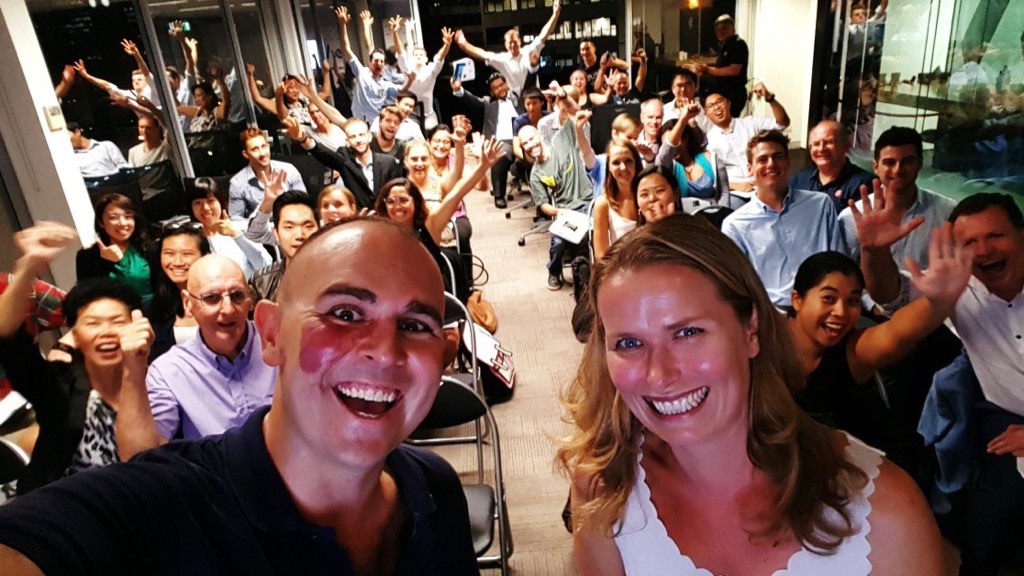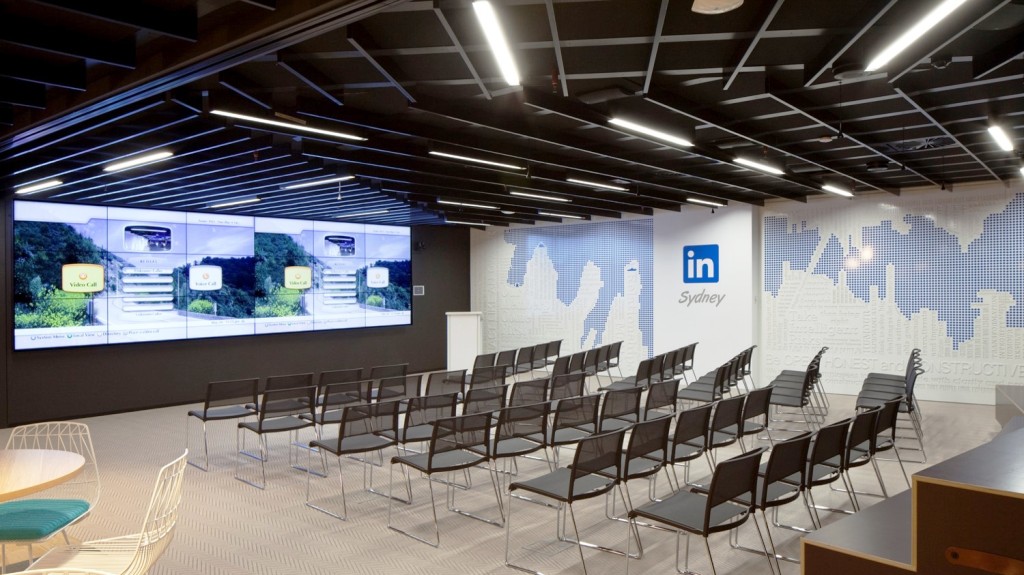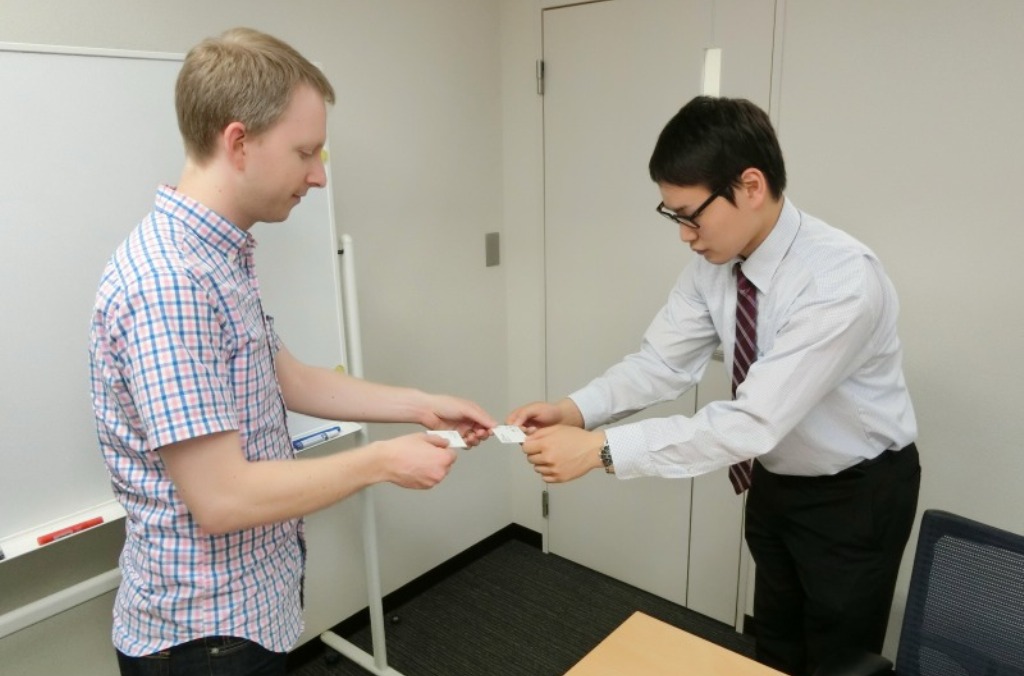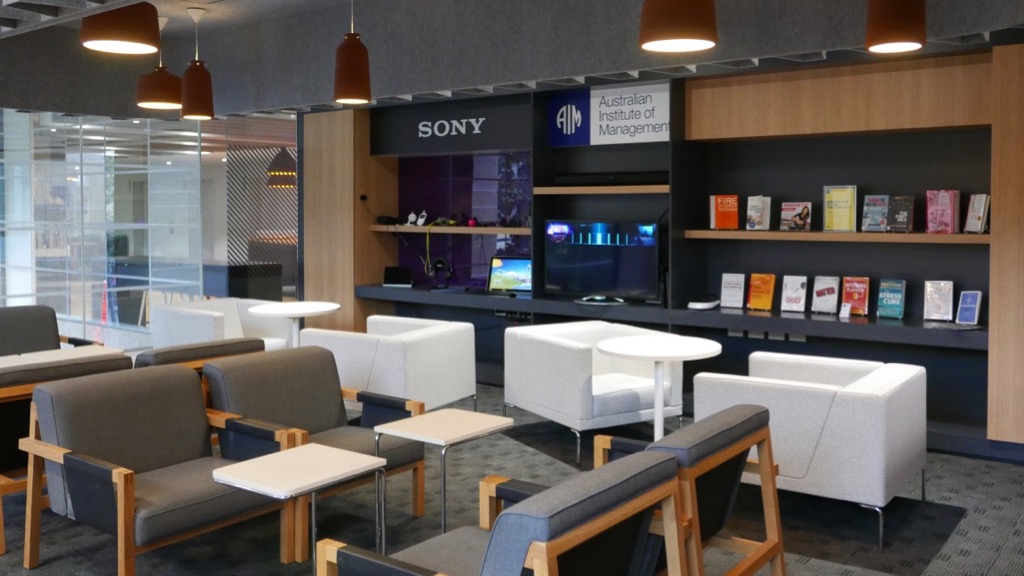Feeling Disconnected in a New Location?
May 22, 2018
Can you imagine how it feels not knowing anyone after moving to a new place? Even when being surrounded by people at a new workplace, it can hurt and provide a feeling of being alienated.
What sounds exciting for a business trip or vacations, can be a scary experience at least in the beginning. There is no safety net if anything goes wrong, no advice from friends or neighbours, and you can feel totally lost and alone. In addition, things can worsen when language or culture are different from your home and a weekend trip to the loved ones is out of reach.
Mobility and travel opportunities enable your dream of moving to another location. Relocations can happen between two jobs, when a company sends their own employees as expats to another country or when planning a new life with the hope of better conditions. For many of us who dream, a move to another state within the same country or onto another continent may become a nightmare of social isolation.
The experience in a new place really depends on the people around. However, building a local network requires strategic planning in advance, rather than waiting for the fallout of being lost to take place. I went through this exercise with the intention to move from the German speaking part of Switzerland to Sydney in Australia.
I would like to share with you my most significant takeaways from these moments in this article. Connecting with strangers is not just about learning how to exist in a new place, it is about learning how to live and thrive. The people I met were curious about my story and what brought me there, so I felt accepted and welcomed.
Here are my learnings and how I built a strong network in a reasonably short timeframe.
1. Local market research
First things first: I made a detailed analysis of Australia before I even booked the trip. This is surely easier within the same country, though moving to another state can also result in substantial differences. Start with macro-economic factors, typical consumer touchpoints like favourite shopping areas, researching the food options and studying current media topics all helped me build conversational and relational topics.
When I moved from my Swiss domestic position to my international role within the same company, my colleagues appreciated my interest in their local marketplace after extensive preparation. To gain further competence in my largest market Russia, I learnt to read the Cyrillic alphabet. I memorised the relevant places of interest and observed the daily life in Moscow, so I could engage with customers like a seasoned expat instead of a one-time visitor.

During my trial period of two months living in Sydney, I researched and breathed the city life and enjoyed accommodation in ten Airbnbs. This was much more relational than renting an apartment and helped me distinguish the characters of different suburbs, experience several house types and estimate commuting time. Google Earth didn’t tell me how hilly the walking areas in Sydney can be. Personal experience became my newest friend.
2. Connect with industry professionals in advance
Surely there are already other people from your home in the new place. Utilise Facebook or LinkedIn networks to find out who is already working there or knows somebody. A referral from a first-tier connection is a good start for a remote conversation. In most cases it will be easy to reach out and meet them later for a coffee. Usually expats are happy to share their experience and let others learn from their stories.

The benefit of nurturing social networks over time speaks for itself. Moving within the same company helps to create connections quite easily. Before I started my Down Under adventure, I connected with local colleagues from my former company to gain valuable tips. Those returning from an overseas assignment can be helpful as well.
3. Find networking events before moving
The best way to create a local network and exchange with people remains attending face to face events. Small businesses meet regularly at breakfast events of Business Network International (BNI) and similar organisations who encourage referrals with “givers gain” mentality. Attending those events is possible by using Eventbrite and other booking engines. Service clubs like Rotary run regular meetings without the need of a membership. Most attendees of these events are usually well connected and believe in active networking.
Your new location might also have suitable Meetup groups of various interests. These are organised face-to-face gatherings for nearly every topic and profession. Various industry groups like local or foreign Business Chambers run their own events or conferences. Attending a local Toastmasters group helps the introvert in all of us at speaking in front of others. The recently started #LinkedInLocal events became popular as well. It is worth checking the schedule of major event hotels not to miss an important engagement opportunity.

In Sydney I attended regular professional networking events of InterNations, the world’s largest expat network. Most of their members have moved Down Under not too long ago, found their way at work and made friends. They are very open to help others. I also attended German language Meetup groups to understand cultural implications. I have found sharing my heritage and food brings people together. However, it is also important to cultivate an interest in the new place rather than just reliving your old life.
4. Switch social media to the new location
LinkedIn is the first choice to find relevant contacts in your new location. The algorithm suggests prospects based on the location which can be set only once, even in separate profiles per language (e.g. English and German). Very active users on social media might struggle here as two markets need to be served with daily posts. I recommend paying attention to the time zone when publishing posts or articles to arrive at the readers feed in the right timing.

5. Print business cards with local address
Whoever believes using business card is an old school instrument is missing out a good chance to connect. Face to face networking events and talking to people requires exchanging contact details and remembering conversations. Handing over a nicely presented card is much more favourable than writing names and email addresses on paper. In addition, it can be difficult to spell certain names (take mine for instance).

The alternative is a LinkedIn connection request on the spot. Without the time to craft a personalised message, the hook of the topics covered at the first encounter is not documented resulting in a missed opportunity for follow up.
On my first trip to Sydney before eventually moving over, I ordered printed business cards with a professional title, local phone number and residential address along with a photo (rather uncommon in Australia however proved really helpful). Adding a QR code covering my LinkedIn profile URL turned into faster connection requests.
6. Meet and follow up with relevant contacts
With a growing network each day, proper follow up is needed for another exchange online or in person. In my approach I don’t focus on personal gain, rather on the key to proper networking providing help to others with a genuine interest in people. The time and coffee invested will surely pay you back, even if it’s not obvious in the first place. As mentioned earlier, many people might be curious, and you can provide unexpected advice and help.

When I stayed in Sydney looking for my next professional role, I helped another person in the same situation with my newly established network. I am happy that he landed a promising interview with my help. Transferring Koka Sexton’s LinkedIn article into this context:
Networking means providing value after careful active listening.
7. Attend a short course at an institute with a good reputation
A local education program is a terrific way to experience the new flavour of business conversations. it is important to research which management classes are perceived well in the local market. Consider the education framework to find a well-suited institute. You will find opportunities to talk to like-minded people from various industries and learn about the market in a trusting environment. The facilitators can also add to that experience beyond the program content. In my opinion, a pure online delivery may not provide you with all of the benefits.

Personally, I chose the “Advanced Diploma of Leadership and Management” at the Australian Institute of Management (AIM) because they are the only organisation to provide leadership skills assessments for the government and thus represent the gold standard in leadership in Australia. Treating the institute’s employees like my colleagues helped me to gain trust and a genuine interest in their work. AIM’s recently separated membership organisation, the Institute of Managers and Leaders (IML), runs a series of events with further networking possibilities. In Australia, most people are open to talk to others as it is like a cultural melting pot of people from many generations.
8. Compile a Commented Contact List
As you consider the examples above, it is indeed possible to meet many interesting people in a short period of time. This is a rewarding experience mixing with a mindset of active listening who can provide value to your next steps. However, it is important to remember those fruitful discussions a month later and not everybody is active on LinkedIn or social media. Commenting on the collected business cards won’t do the job either.

To keep track of my networking efforts, I created a spreadsheet highlighting the event, discussion points, storage of contacts (LinkedIn, Outlook, Facebook, business card) and a comment as to how we can mutually add value to one another in the future. When moving to a new location, your local network growth can be exponential. It is therefore better to be organised to enable further exchanges. Having good organisational and time management skills will surely help you.
Following those eight steps to establish a network in a new location requires enthusiasm and persistence to be successful. There may be times during the first months when your helping hand is needed, when the weather suggests an excursion into the nature with a small group or simply when you need somebody to talk to about difficulties you are facing. In these situations, the daily effort into building a network pays off as a rewarding experience to you. In addition, the groundwork you have laid will ensure that you are feeling happier and less lonely as your new journey begins.
Gunnar Habitz has built networks in new locations on three separate occasions: Moving from Germany to Switzerland in 1999 when some of the tips above didn’t exist. He has worked internationally in Central & Eastern Europe leading sales teams in 29 countries out of a secondary base in the Czech Republic. Recently he has moved with his family from Switzerland to Australia fully embracing the steps outlined above to build a strong network.
